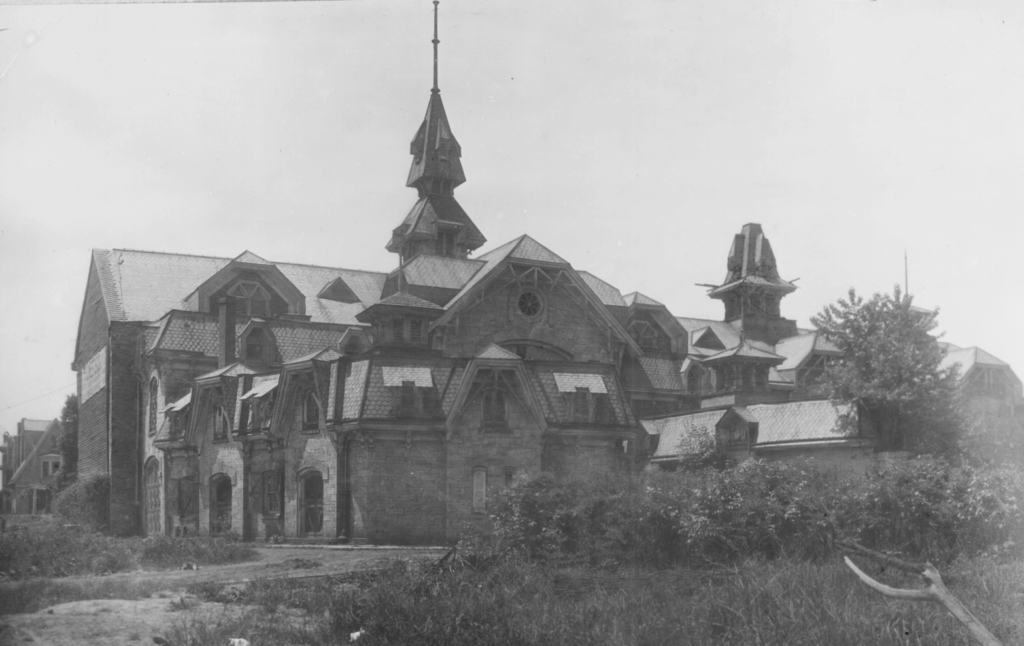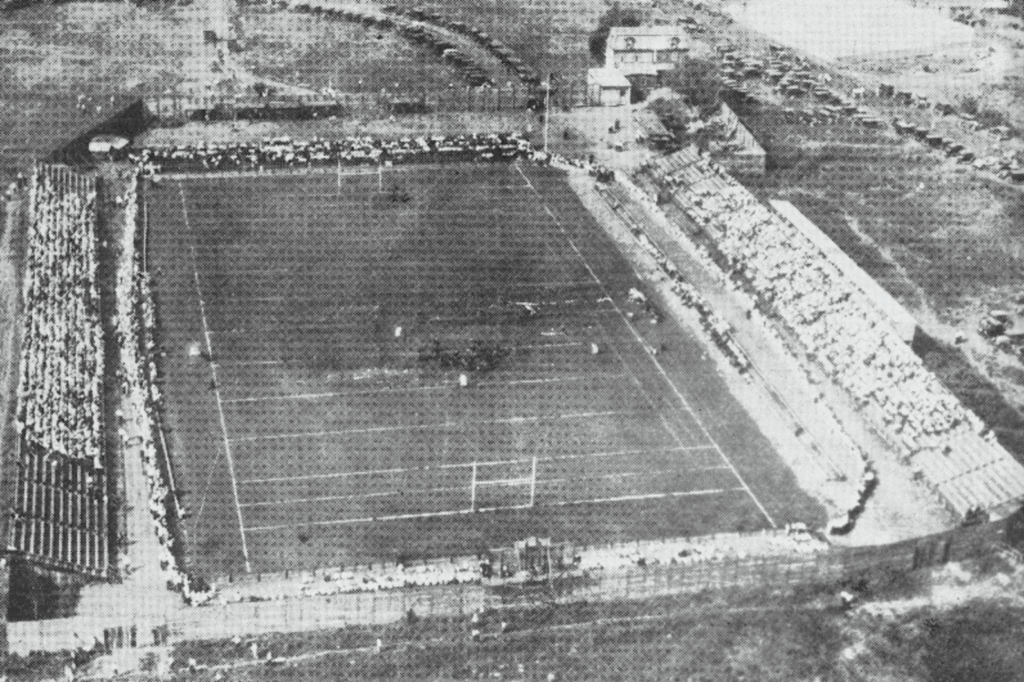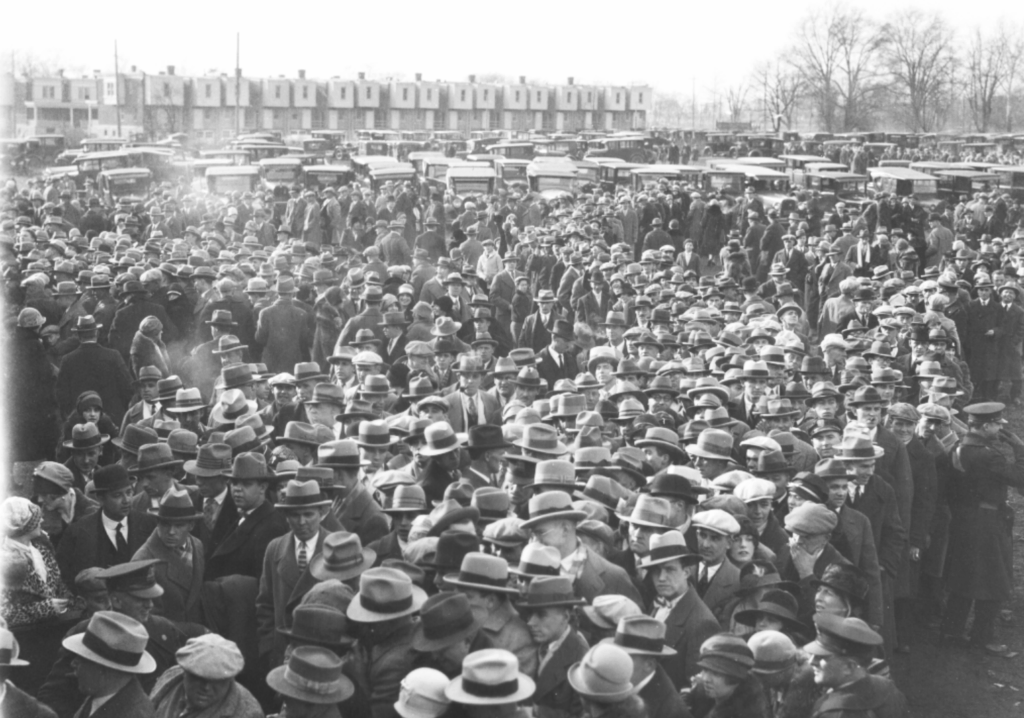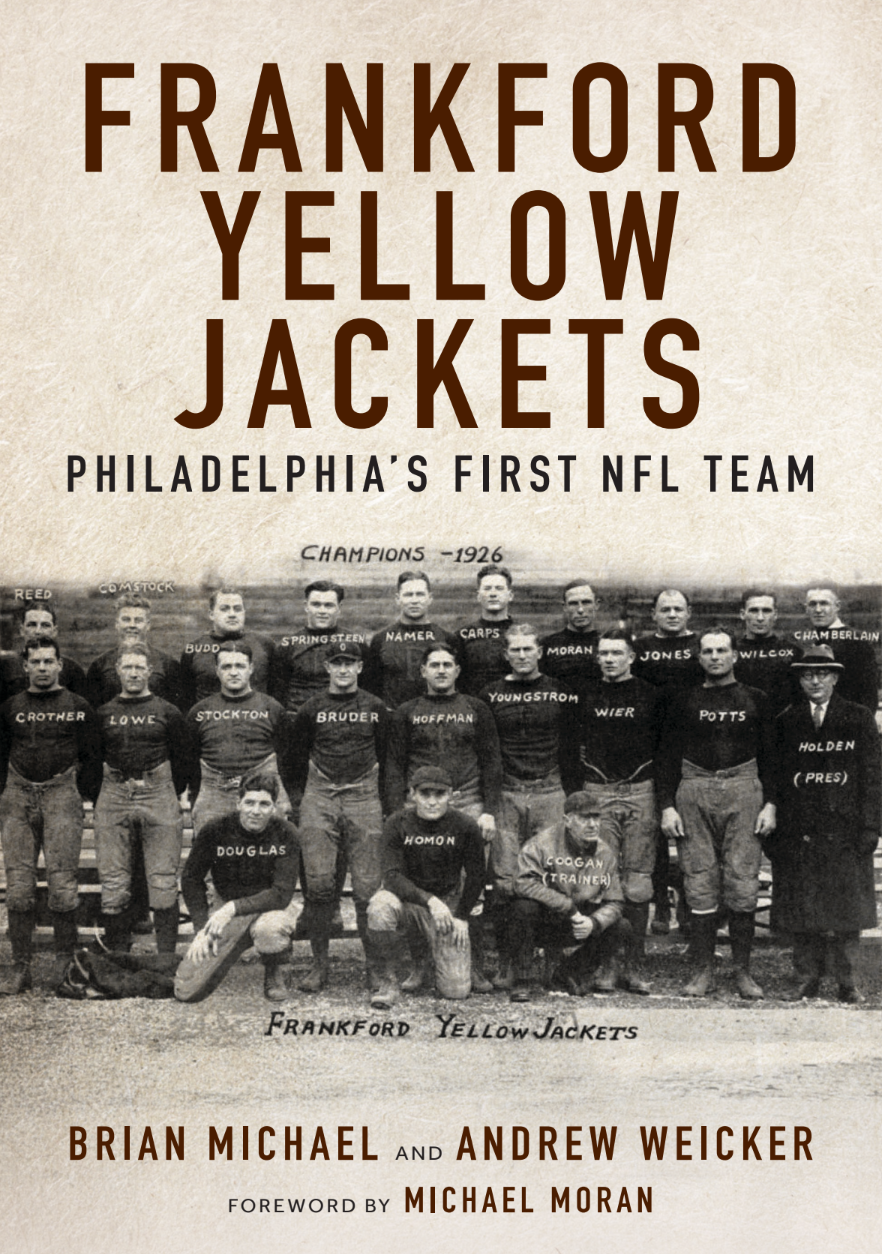Wistar Park (1899-1911)
Oxford Pike & Leiper Street

The story of the Frankford Yellow Jackets football team begins at Wistar Farm, a large tract of land acquired by Richard Wister in 1807. Around the time of the Civil War, the wealthy and eccentric Wister family built an elegant country estate on the property featuring ornate barns with spired towers. Animals would roam the beautiful grounds sprawling across 85 acres in Frankford.
Over the years, this land hosted a variety of outdoor activities for Frankford residents including a farm, a park, a country club, a driving club and Frankford High School, as well as home games for the Frankford Athletic Association football teams beginning in 1899.
The F.A.A. shared the outdoor space with the Frankford Country Club, which leased part of the estate at Leiper Street and Oxford Pike starting around 1900. After the Wistars passed, the club spent over $50,000 turning the grounds into a golf course, cricket fields and tennis courts. They also converted the old Wistar mansion at Wakeling and Oakland Streets into their club house and repurposed several of the barns for men’s and women’s lockers rooms.
In 1906, after a controversial inheritance, the Wistar Estate was sold at a public auction to the Burk Brothers – prominent pork and leather industrialists. The new owners were amenable to keeping sports at Wistar Park – even renewing the Country Club’s lease in 1908. But modern development was creeping into Frankford, and just one year later the Burks sold part of the land to the City of Philadelphia for the construction of the new Frankford High School and the extension of Harrison Street in anticipation of more housing.
Brown’s Field (1912-1922)
Oxford Pike & Pratt Street
The Yellow Jackets played at Brown’s Field from 1912 to 1922. It had a capacity of 5,000 but occasionally swelled to a 20,000 person standing-room-only crowd for big games, like those against local rivals Wildwood and Holmesburg or East Coast independent teams like Buffalo, Akron and the New York Brickley Giants. In 1921 the F.A.A. arranged to have the Holmesburg match recorded with moving pictures for non-attendees to view on a silent screen.
Yellow Jackets Stadium (1923-1931)
Frankford Avenue & Devereaux Street

The 1923 season saw the Yellow Jackets move to a new home, Frankford Stadium, more commonly known as Yellow Jacket Field, located at the intersection of Frankford Avenue and Devereaux Street. With a cost in excess of $100,000, this new facility had all the amenities befitting a team of the Yellow Jackets’ caliber – a scoreboard, grandstands, press boxes and plenty of parking. Affectionately known as the “Hornets’ Nest”, the new stadium officially opened with much fanfare on September 29, 1923, with a capacity crowd of 10,000 (though attendance often swelled to over 15,000).
Although the new field was easily accessible from the “El” and other forms of public transportation, many people drove to Yellow Jackets games. With cars growing in popularity, the grounds had a tailgating atmosphere similar to the South Philadelphia stadiums of today. The field occupied the site of the old Frankford Driving Club track.

On the afternoon of July 27, 1931, a fire swept through the grandstands, destroying a large portion of the north stands and the fence around Devereaux Street. Fire marshals said after an investigation that the grandstands had been soaked in oil and the fire started just below. This incident, coupled with a decision by the city of Philadelphia to extend Aramingo Avenue through the stadium property, forced the team to play all future games at different facilities and eventually abandon the stadium altogether.
The Yellow Jackets went 69-18-12 in eight seasons at their home stadium.
Other
For the 1931 season after the fire, the Yellow Jackets played home games at: Frankford High School’s Community Stadium, Municipal Stadium (later renamed JFK Stadium) and Philadelphia Ball Park (also known as the Baker Bowl). Between the Great Depression and the team no longer playing locally in Frankford, many fans opted not to travel to watch home games.
